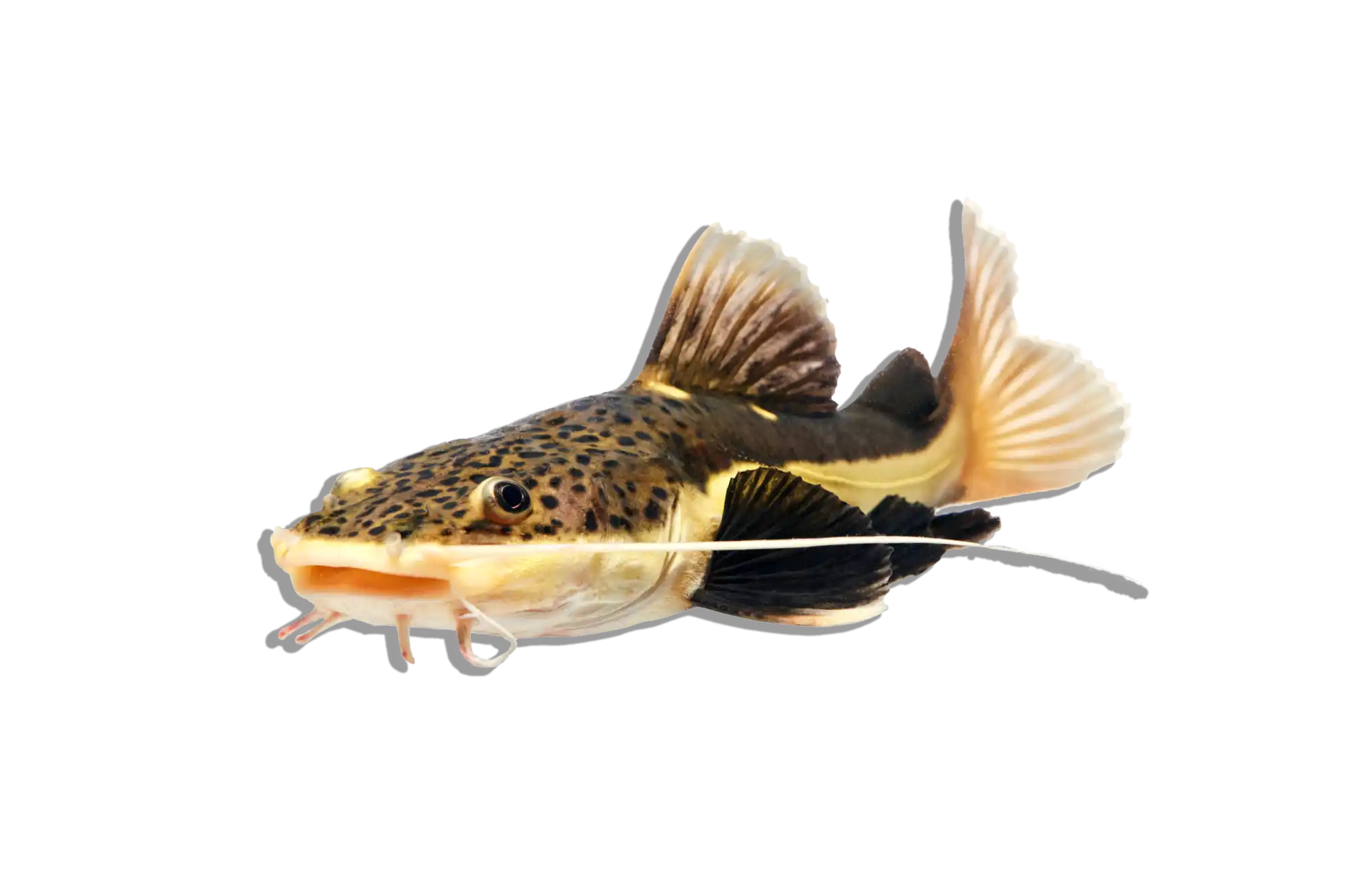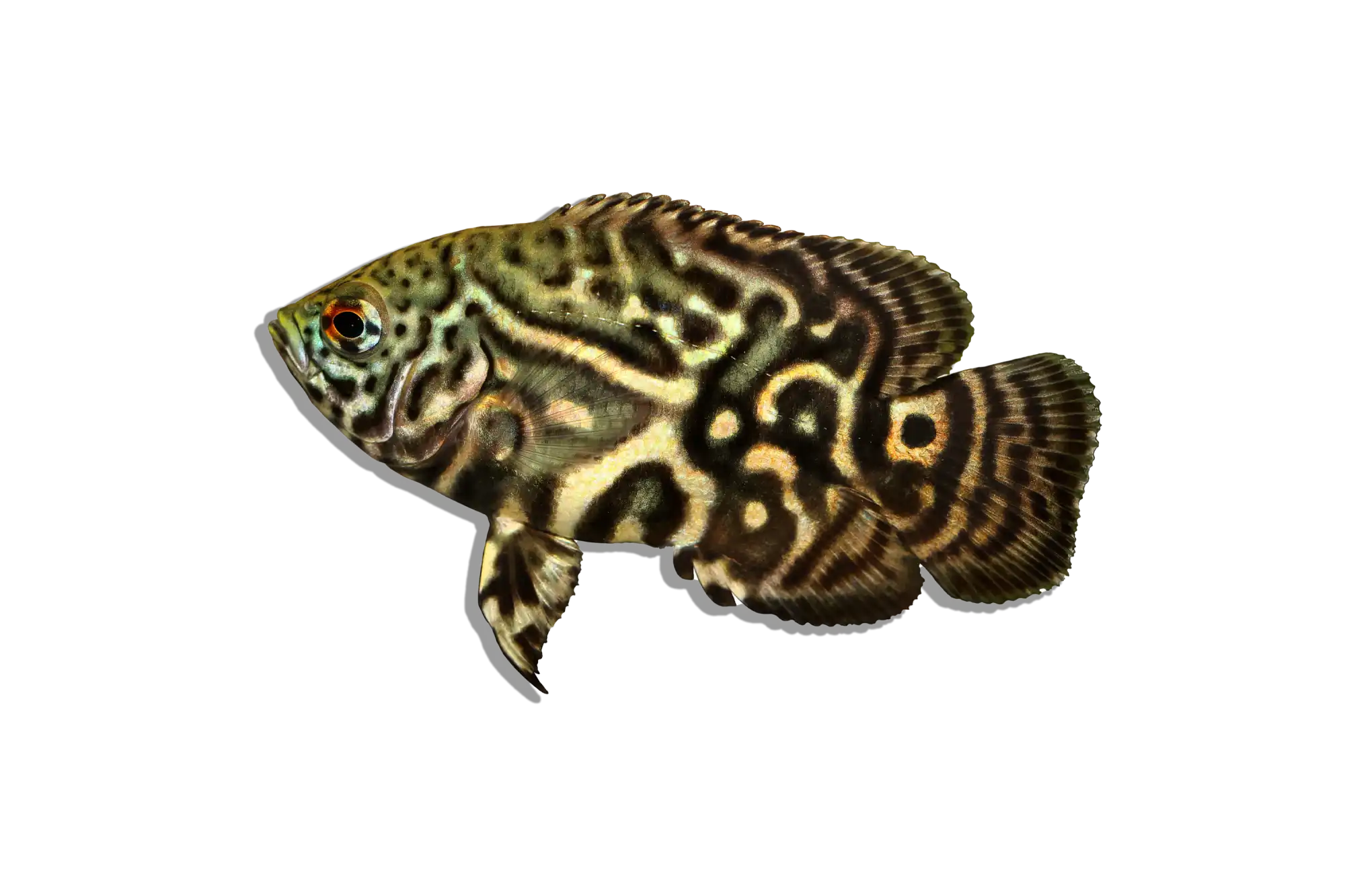Description
Common Name: Red Lizard Whiptail Catfish
Scientific Name: Rineloricaria sp.
Other Names: Red Lizard Catfish, L10a
The Red Lizard Whiptail Catfish is a striking freshwater species known for its elongated, slender body and characteristic red hue. Its unique appearance, with the fine, hair-like structures on its underside, sets it apart from other aquarium species and makes it a favorite among aquarists.
Habitat and Distribution: Originating from South America, particularly in areas of Brazil, these catfish inhabit soft, slightly acidic to neutral waters of rivers and streams. Their natural environment is rich in sandy substrates and is often littered with driftwood and leaf litter.
Size and Lifespan: Typically, the Red Lizard Whiptail Catfish can grow up to 4-5 inches (10-12 cm) in length. With proper care, they can have a lifespan of around 5-8 years in captivity.
Diet and Behavior: Primarily herbivores, their diet in the wild consists mainly of algae and biofilm which they graze from surfaces. In the aquarium, they will appreciate a diet of high-quality algae wafers, supplemented with blanched vegetables such as zucchini or cucumber slices. They are generally peaceful and can be a bit shy, especially in a new environment.
Breeding and Reproduction: Male Red Lizard Whiptails create burrows or use caves to attract females for spawning. Once eggs are laid, males guard the nest. Successful breeding in home aquariums is possible, but providing an environment that mimics their natural habitat increases chances.
Aquarium Care and Tank Requirements: A tank size of at least 20 gallons is recommended. They require a soft sandy substrate to protect their delicate undersides. Plenty of hiding spots created from rocks, caves, and driftwood are essential. These fish are sensitive to water quality; thus, good filtration and consistent maintenance are crucial.
Ideal Tank Mates: They coexist well with other peaceful community fish. Ideal tankmates include tetras, rasboras, and non-aggressive cichlids. Their gentle nature means they shouldn't be housed with aggressive or very large fish.
Difficulty Level: Intermediate. They have specific needs related to their diet and sensitivity to water conditions.
Water Parameters:
- Temperature: 73-79°F (22-26°C)
- pH: 6.5-7.5
- General Hardness (GH): 6-12 dGH
- Carbonate Hardness (KH): 3-10 dKH
- Ammonia: 0 ppm
- Nitrite: 0 ppm
- Nitrate: <20 ppm
Additional Information:
- The delicate hair-like structures on their undersides give them a unique appearance but also make them susceptible to injury from rough substrates.
- They are often found clinging to surfaces, including aquarium glass, as they graze on algae.
- While they are peaceful, it's essential to monitor food intake, as faster or more aggressive fish might outcompete them for food in a community setting.



















